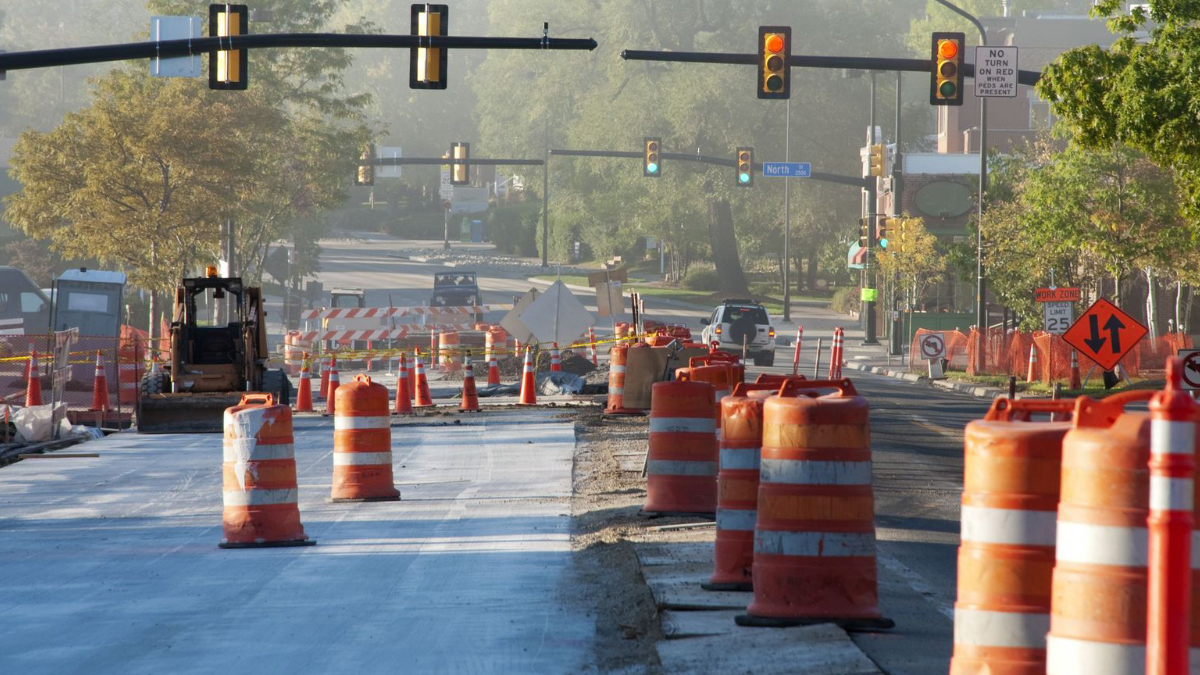The Trump administration unveiled the outlines of its infrastructure plan earlier this month, but its prospects in Congress are far from certain despite what should be a clear bipartisan win.
Republicans and Democrats are deeply divided on healthcare, foreign policy, immigration and a host of other issues—but the need to revamp the nation’s infrastructure is not one of them. On the contrary, political bottlenecks on infrastructure policy revolve around details and tweaks in the system, not whether the investments are needed.
State and local governments have picked up the slack in some cases, but the American Society of Civil Engineers still estimates the nation needs $4.5 trillion in spending to make the nation’s core infrastructure—roads, sewers, airports, utilities and water systems—competitive again.
This practical and political backdrop makes the ham-fisted way in which the Trump administration is rolling out its policy agenda all the more frustrating.
The administration put a strong foot forward when it made privatization of America’s air traffic control system a priority. This step will be crucial to improving the efficiency of air travel—reducing delays, increasing safety and facilitating innovation.
Sixty countries, including Canada, have already done this to improve efficiency and facilitate the adoption of new technology. Championed since the 1970s by Reason Foundation’s air traffic control expert, Robert W. Poole, Jr., the proposal enjoys bipartisan support and was endorsed by editorial boards as varied as the Wall Street Journal, USA Today and the Washington Post.
Improving air travel alone, however, won’t solve the problems of the nation’s crumbling infrastructure, which accounts for the lion’s share of the trillions of dollars needed in new investment.
The Trump infrastructure plan, fortunately, shows some deftness in the other areas. Rather than commit the federal government to large scale, tax-financed increases in government spending, Trump would use innovative existing programs to leverage private dollars.
The administration proposes to expand eligibility for the Transportation Infrastructure Finance and Innovation Act program, which has already been able to leverage $40 for every $1 it spends through the creative use of loan guarantees, lines of credit, and direct loans. Expanding this program to allow more private capital to jump in to build new infrastructure could generate more than $400 million in total investment while shifting most of the risk to private investors.
Similar benefits could be achieved by expanding eligibility and statutory caps on private activity bonds, or PABs, which fund public-private partnerships by allowing the U.S. Department of Transportation to issue tax-exempt bonds for projects.
Allowing greater use of tolling on federal roads would also create new opportunities to manage more efficiently the nation’s roadways, increase funding in critical areas of the system, and shift risk from taxpayers to the private sector.
Unfortunately, these sound proposals—as incremental as they are—may go nowhere.
The Trump administration has given Democrats few reasons to support these proposals even if they fundamentally agree with them. Key leaders have been left out of policy deliberations, and the administration has done little to build meaningful relationships with potential supporters. This alone might make his framework an infrastructure plan to nowhere.
President Trump will need to recognize the value of working with critics, rather than fighting against them, to make his plan a reality and to put a meaningful dent in the nation’s infrastructure deficit.










